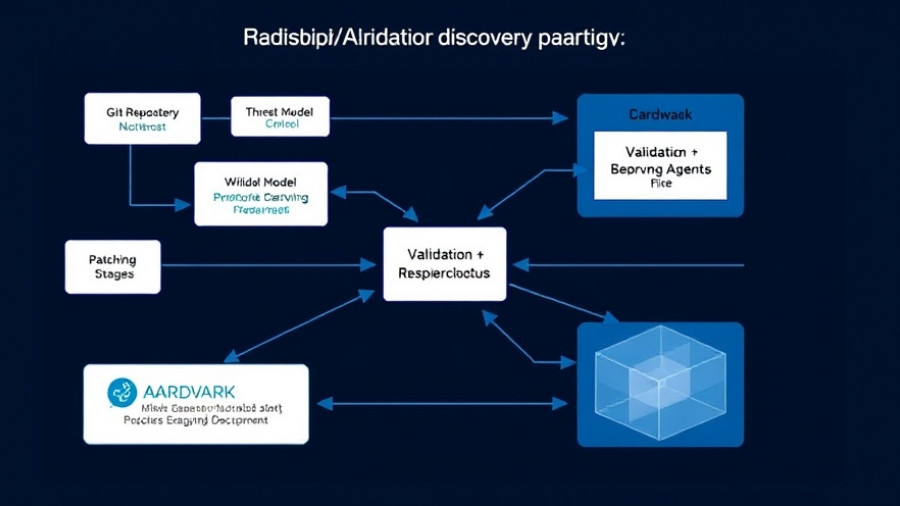
The Transformative Rise of Agentic AI: What You Need to Know
In a rapidly evolving technological landscape, Google Cloud's recent findings highlight a significant trend: 88% of organizations that have adopted AI agents are experiencing positive returns on investment across various business applications. This spike in ROI underscores a powerful shift in how businesses are leveraging AI to enhance productivity, enrich customer experiences, and optimize marketing endeavors.
Understanding Agentic AI: A New Era of Automation
Agentic AI goes beyond traditional automation. These intelligent systems are designed to independently execute tasks, make decisions, and manage intricate workflows under defined parameters set by humans. According to the survey conducted among 3,466 executives from establishments generating over $10 million in revenue, 52% of organizations using generative AI are now implementing AI agents in their production strategies. This shift is not merely a trend; it's a transformation towards more autonomous, intelligent business solutions.
Exploring the Maturity Levels of AI Agent Implementation
The research categorizes AI agent implementation into three distinct maturity levels. Level 1 involves basic agent functionalities such as chatbots, which are becoming commonplace across industries. Level 2 focuses on specialized applications in customer service and creative sectors, while Level 3 showcases advanced multi-agent workflows with orchestration capabilities. As companies move into higher maturity levels, the complexity and potential for enhanced productivity rise significantly.
Industry Variations: How Different Regions Are Adopting AI
Interestingly, the deployment of agentic AI varies by region. In Europe, organizations prioritize AI for technical support, ensuring enhanced service delivery. In Asia-Pacific, the focus is primarily on customer service optimizations, while Latin American companies highlight marketing as their primary application area. This geographic diversity emphasizes a tailored approach to AI deployment, aligning solutions with specific business needs and market demands.
Financial Performance: Between Early Adopters and General Enterprises
Businesses that have embraced AI agents early have demonstrated superior financial performance compared to their counterparts. The survey indicates that 78% of these early adopter organizations receive substantial C-level support for their AI initiatives, and they allocate over 39% of their IT budgets toward AI projects. This contrasts sharply with the 26% average spending among companies that have not yet adopted the technology at such a scale. As Oliver Parker from Google Cloud stated, "Companies that were quick to adopt AI agents are seeing real returns. They're using agents to improve customer experiences, freeing up employees for smarter work, and providing a productivity boost across departments like marketing, IT, and HR."
Unlocking Opportunities: The Path Forward with AI Agents
The future of AI agents looks promising. With 78% of early adopters reporting faster time-to-market cycles, businesses that harness the capabilities of agentic AI are not only improving operational efficiency but are also paving the way for innovation within their sectors. As these organizations act as pioneers, they are setting examples for others to follow and showcasing the potential of technology to transform workplace dynamics.
The interplay of agentic AI systems in shaping modern enterprises is revolutionary. Businesses are not merely adopting technology but are embarking on a journey where humans and intelligent agents work hand-in-hand towards shared goals.
In this landscape of unprecedented potential, the question is not whether to adopt AI agents but how soon organizations can effectively integrate these systems into their operations.
Call to Action: Embrace the Future
As we delve into this new era, organizations should explore how AI agents can enhance their business operations. The opportunities presented by adopting agentic AI are vast, and the time to act is now. By embracing these technologies, businesses can better navigate the complexities of today’s market and position themselves for future growth.
 Add Row
Add Row  Add
Add 




Write A Comment